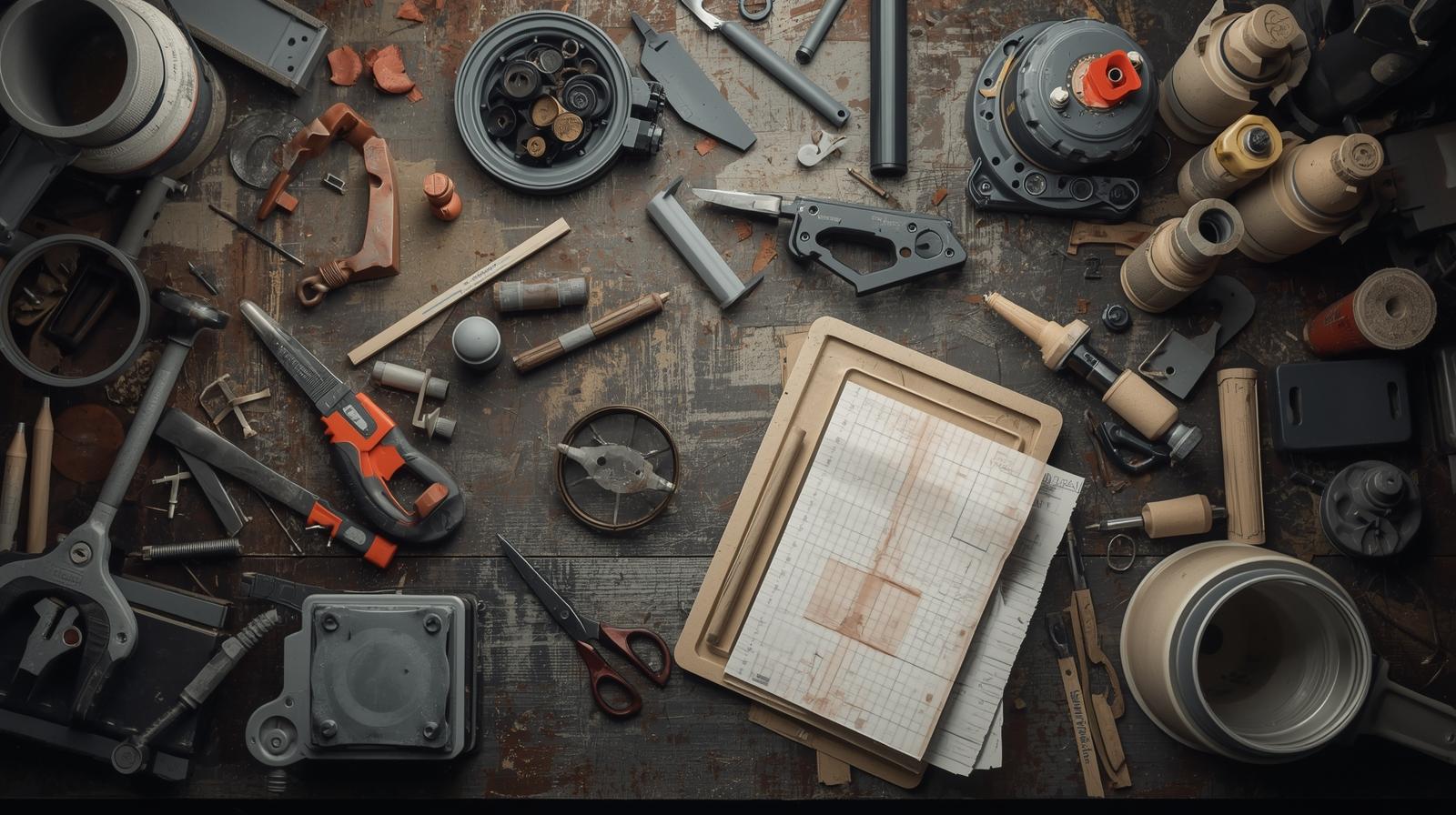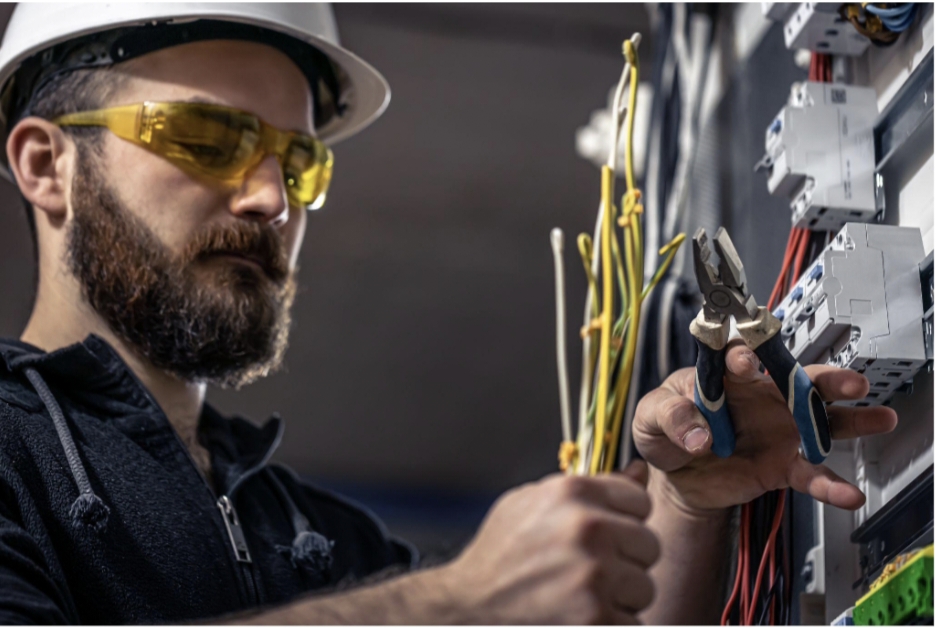Your choice of rubber molding technique depends on the intended use of the final product. From manufacturing small rubber gaskets to large industrial parts, every plastic extrusion project requires a molding process that strikes a balance between performance and production efficiency. Here are some of the rubber molding techniques you can choose for your project:
Compression Molding
For large rubber parts, compression molding may be the right choice. In this technique, the raw rubber material is placed in a heated mold and compressed under high pressure. This allows the rubber to flow into every corner of the mold, resulting in a consistent final product that has even distribution. When you remove the mold from the press, you will have a cured rubber part ready for use.
A variety of rubber materials can be used for compression molding, such as silicone and neoprene. If you require complex shapes, compression molding is often the preferred method for producing them. It also allows for shorter cycle times compared to other molding techniques. You may also consider using compression molding for high-volume production due to its consistent results.
Transfer Molding
For projects that require small, exact components, transfer molding is a reliable and efficient option. Here, you place a pre-cut piece of uncured rubber into the heated mold cavity. You close the mold and subject it to pressure, forcing the material through a small runner system. The pressure allows it to fill all areas with the mold evenly. The mold opens after the rubber has cured, and the finished part is ejected.
Transfer molding offers the benefit of creating highly detailed parts with reproducible accuracy. Transfer molding is ideal for small, precision components, as the controlled flow of material make sure that each cavity is filled. You benefit from precise, complex parts and uniform quality in every batch. With transfer molding, you have greater control of material flow and less waste during plastic extrusion.
Injection Molding
On a large scale, injection molding is an effective technique used in the manufacture of many small and high-precision items. The raw rubber material is first heated and mixed to achieve a molten state. Then, you force the material into a pre-shaped mold with a particular shape through high-pressure injection. This affirms that the rubber is filled with complex geometries and distributed evenly throughout the mold. Once the rubber is cooled and hardened in the mold, the complete article is forced out and can be used.
The process is also characterized by high speed, high replication quality, and the ability to produce exact tolerances, which makes it suitable for mass production. There will be minimal waste of materials and a uniform quality of products. Injection molding is used to produce products such as grommets, seals, and other intricate rubber parts that require strength and accuracy.
Invest in Plastic Extrusion
Investing in plastic extrusion offers outstanding benefits for manufacturers focused on precision, speed, and consistency. The process supports high-quality results through controlled production and reliable repeatability. Its flexibility supports intricate designs, diverse materials, and smooth integration with other manufacturing techniques. Partner with a trusted extrusion provider today to create durable, high-performance plastic components that meet your exact specifications.





